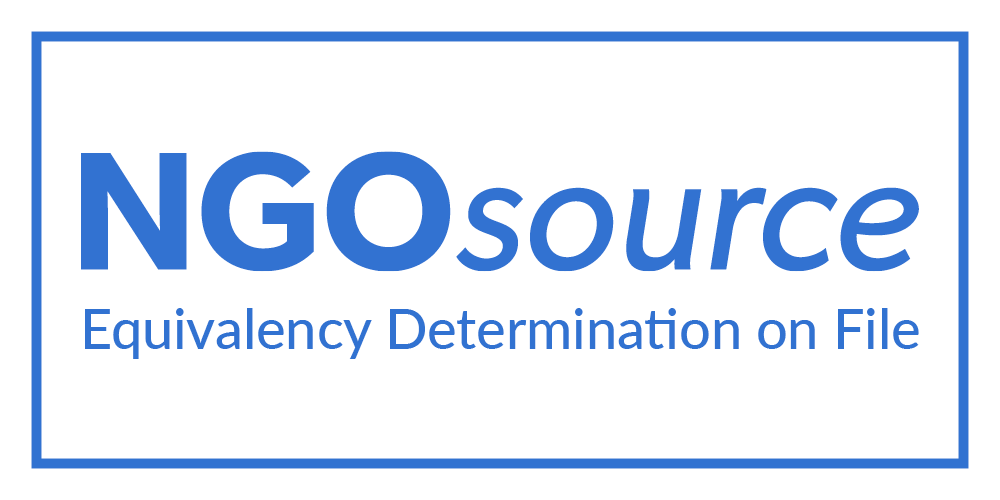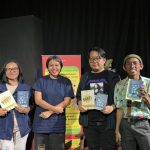Jakarta, October 1, 2024 – Indonesia is currently in a crucial government transition period. Every policy decision made at the beginning of the new administration will have long-term impacts on the development of strategic sectors. One of the issues drawing public attention is the plan to establish a dedicated ministry for cultural affairs.
On the other hand, Koalisi Seni has also highlighted delays in development planning for the cultural and creative economy sectors. The government recently issued Law No. 59 of 2024 on the National Long-Term Development Plan (RPJPN) 2025-2045. However, the Master Plan for Cultural Advancement has yet to be finalized, and even more concerning, the Master Plan for the Creative Economy has not even begun its drafting process. Both master plans should have been integrated into the National Long-Term Development Plan, as mandated by the 2017 Law on Cultural Advancement and the 2019 Law on the Creative Economy. In other words, cultural and creative economy development planning has been left behind in the national development framework for the next 20 years.
Koalisi Seni, through its Advocacy Manager Hafez Gumay, emphasized the importance of policy synergy between culture and the creative economy under the new government. Amid this government transition, Hafez stressed that initial policy decisions will have long-term effects on both sectors. The new administration must address these challenges through well-aligned policies and effective implementation.
“The two faces of arts policy in Indonesia—art as a public good and art as a commodity—are not opposing forces,” said Hafez. “On the contrary, with the right policies, the government can accommodate art as part of national identity while also facilitating the growth of the creative economy.”
Hafez pointed out that both the Cultural Advancement Law and the Creative Economy Law position the government as a facilitator, supporting the public in realizing their creative potential. However, he warned that the dual perspectives reflected in the division of responsibilities between the Ministry of Education, Culture, Research, and Technology (Kemendikbudristek) and the Ministry of Tourism and Creative Economy (Kemenparekraf) often complicate coordination efforts.
Currently, Koalisi Seni is proposing three possible scenarios regarding the future structure of the cultural and creative economy ministries under the new administration:
- Maintaining the Current Structure
- Pros: Continuity of existing programs without major transition challenges.
- Cons: Persistent coordination difficulties between ministries.
- Establishing Two Separate Ministries
- Pros: Dedicated ministries for culture and the creative economy, potentially accelerating development.
- Cons: Increased bureaucracy and operational budget.
- Merging Culture and the Creative Economy into a Single Ministry
- Pros: Maximized policy synergy and efficiency.
- Cons: Requires significant time and resources for institutional transition.
According to Hafez, the primary issue is not the structural changes but rather how the new government can harmonize policies and overcome chronic sectoral ego conflicts that have long been an obstacle.
Koalisi Seni urges the new government to implement a synergized cultural and creative economy policy to foster a more sustainable and thriving arts ecosystem in Indonesia.
Read the full editorial “Pemerintah Baru Harus Sinergikan Kebudayaan dan Ekonomi Kreatif untuk Ekosistem Seni Lebih Baik” at koalisiseni.or.id or on Academia Koalisi Seni.
Written by: Amalia Ikhlasanti




